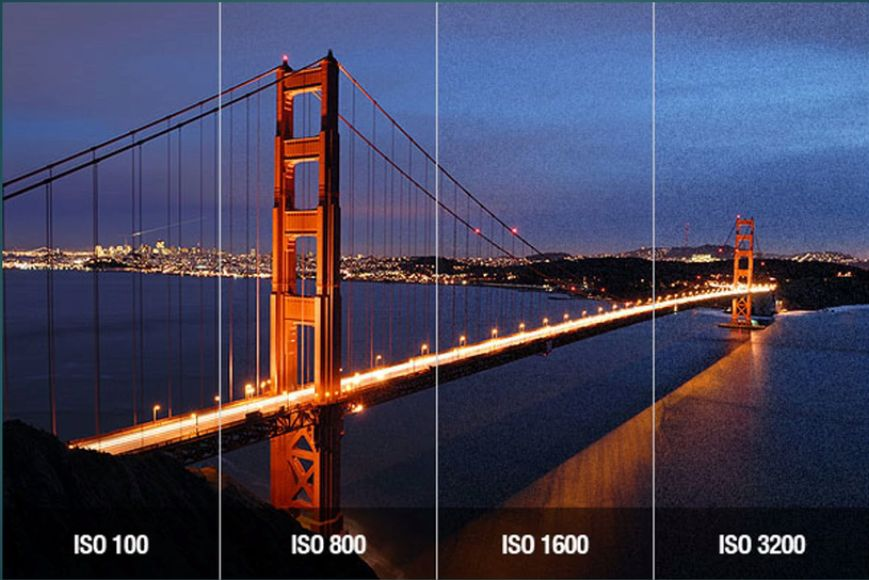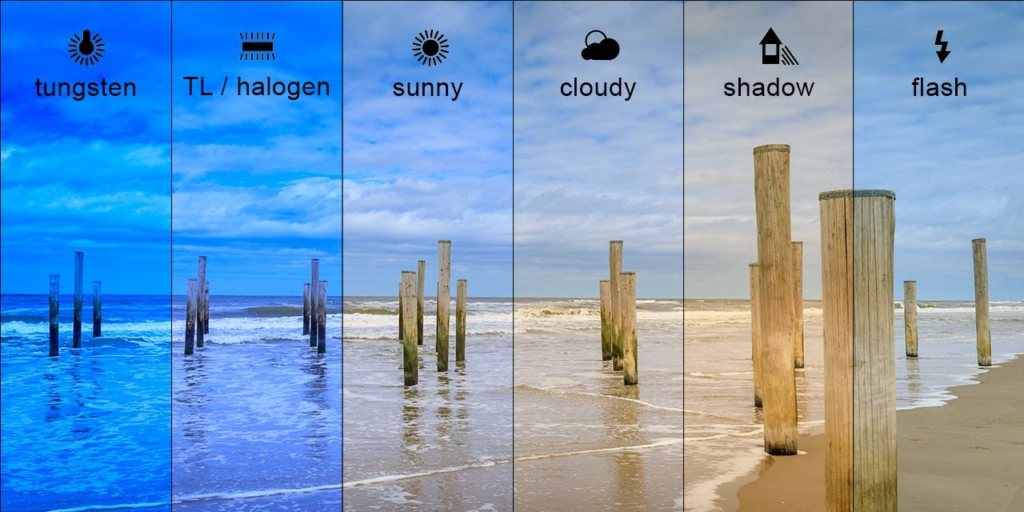ISO and white balance are two crucial settings when it comes to managing exposure and tonal values in photography.

ISO refers to the sensitivity of a camera’s image sensor – higher ISO values increase this sensitivity, which allows for images to be captured in low-light conditions without decreasing the shutter speed or using the flash. When the ISO value is too high, however, it can introduce noise into photographs, which can lower a final image’s quality, which means that to achieve a crystal clear image, the ISO needs to be properly adjusted to the environment.

White balance is essential when it comes to accurately representing the tones in a photo. These settings are used to select an appropriate colour temperature for the light sources present in a composition, which can be done either manually using a white card or through the various presets that most cameras have available.
